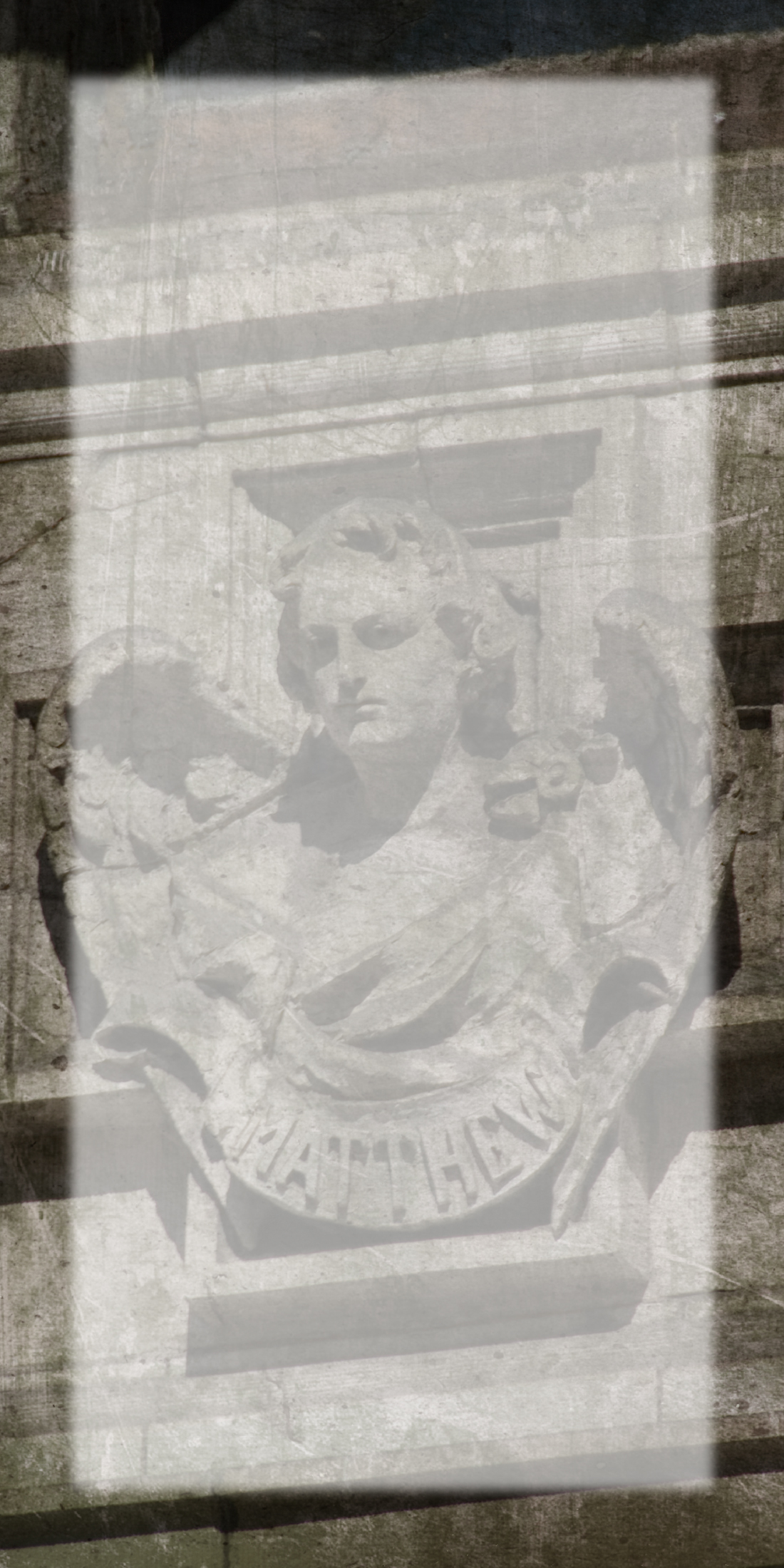MK: Among the artists you’ve mentioned are Kandinsky, Duchamp and Beuys. What about them do you admire?
MS: Each of them dealt with fundamental problems – existential problems. They were all humanists. They had an understanding of art as a way of social reform – or better social sculpture. They aimed high by passionately believing that art was the solution to certain real problems of limited perception and consciousness expansion that are close to my heart. I like their idealism as well as their art. I have a lot to say about each, much more than time would allow for here.
MK: Are there other artists whose work you admire that you’d like to mention here?
MS: There are many artists I admire. Too many to fully explore here. I have been influenced by many great artists: Matthew Barney, Francesco Clemente, Imi Knobel, Richard Serra, Cy Twombly, Brice Marden, Donald Judd, Anish Kapoor, Barnett Newman, Gerhard Richter, in no particular order.
MK: Thomas Ruff compared your work to that of Etienne-Jules Marey. Ruff said, “In 1887, Marey created a pre–futuristic bronze–sculpture from sequentially taken photographs he took of a flying seagull, in which the process of the bird’s flight is revealed. This revelation, the final product – like in Somoroff’s work – is not a three–dimensional sculpture but, due to the integration of time, is a four–dimensional depiction of reality. Therefore, while looking at the sculptures of Michael Somoroff, one does not see a three–dimensional sculpture but four–dimensional space, in which time it self and movement through it, have been pictured.” Do you see your work as related to Futurist Sculpture? (Boccioni?)
MS: No. I’m glad you’ve brought up this connection because it is a point of much misunderstanding regarding my work. My work is often misunderstood as being somehow a postmodern version of the Futurist program. This is not the case. First of all let me say that Thomas Ruff really wrote a wonderful article. He is a very good artist and we have a lot in common. Thomas understands my work:
He knows that I am barking up an entirely different tree. My work is not about power. I do not find it particularly masculine. It does not pursue physical dynamics as the Futurists did. To the contrary, my work is about the spiritual content behind those dimensions of reality.
I find the futurist agenda rather harsh really. It is ego based because it celebrates materialism, while mine questions its place in the world. As I’m sure you have sensed, I am suspicious of the material world. No, to the contrary, my work is about connectivity and the instant of Oneness within which we all play out our lives. Although formally my work and those works of the Futurists may seem similar, we have little in common.
MK: Instead of “Manifesto,” (e.g., Boccioni’s Technical Manifesto of Futurist Sculpture, 1912) today we’re more likely to say “Artist’s Statement.” But in either case, would you tell us something about how you see the role of art and your responsibilities as an artist in the world?
MS: Art is the language of our emotions, indispensable to any effort to achieve an improved world. When I say that art needs protection, must be held in higher esteem by contemporary society, I ‘m not talking about art as a form of decoration or entertainment. My point has nothing to do with hanging pictures on the wall, or collecting, or passing the afternoon at a museum. I refer to the production of art as the ritual creation of objects as they pertain to our spirituality and our inner lives. Such art enables expressions of sublimity when words fail.
Art is a form of communion, simultaneously specific enough to be symbolically understood yet abstract enough to succeed in representing the full breadth of our inner stirrings by generalizing those experiences and cataloging them symbolically. Art has emerged as the language of our souls.
Every artist knows this. Regardless of our chosen medium, every day we artists struggle to master the subtlest aspects of that symbolism, for each artwork begins with the existential necessity to express that which is inexpressible by any other means.
Interview answer continues on next page.
